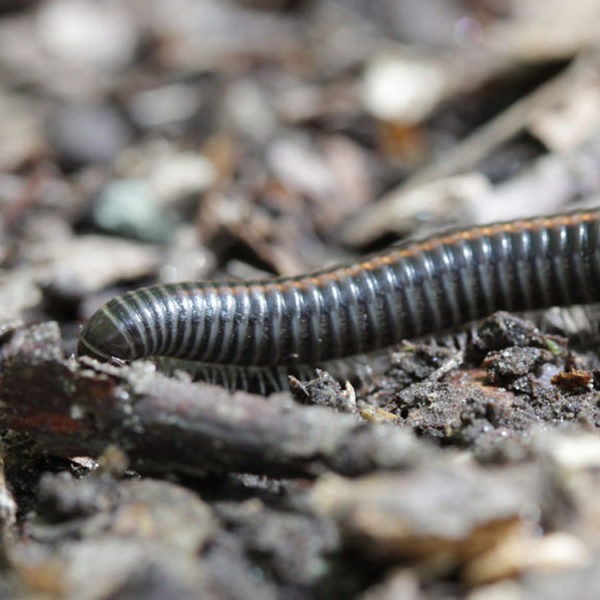Millipedes in Florida
Florida Millipede Facts
Millipedes are similar to centipedes, but have two pairs of legs per body segment. Millipedes are usually brown to blackish in color. The elongated body is rounded, not flattened, and they have no poisonous claws or legs. They usually coil up when disturbed, similar to the behavior exhibited by sowbugs or pillbugs (a related invertebrate).
Millipedes are usually restricted to moist places where they feed on organic matter. In the fall, they may become a nuisance because they migrate away from feeding areas and invade homes. Because they crawl along the ground, they are usually found in lower floors and basements. Once inside the home, they usually die due to desiccation, although in moist basements, they can survive longer.
Millipedes live in organic matter (leaves, mulch, piles of wood or wood chips) and other material close to the house. Overmulching and/or overwatering in the garden can result in millipede attack on vegetable plants. Removing the organic debris or mulch materials near your home will help reduce the potential for invading millipedes.
To discourage millipedes near the house, remove mulch and dead vegetation adjacent to the house. Outdoors, you may wish to treat a 10-15 foot strip around the house perimeter with an insecticide. Do not forget to treat the exterior basement wall, window frames and door sills. People and pets should stay off wet insecticides but can safely walk on the yard once the insecticide is dry.
